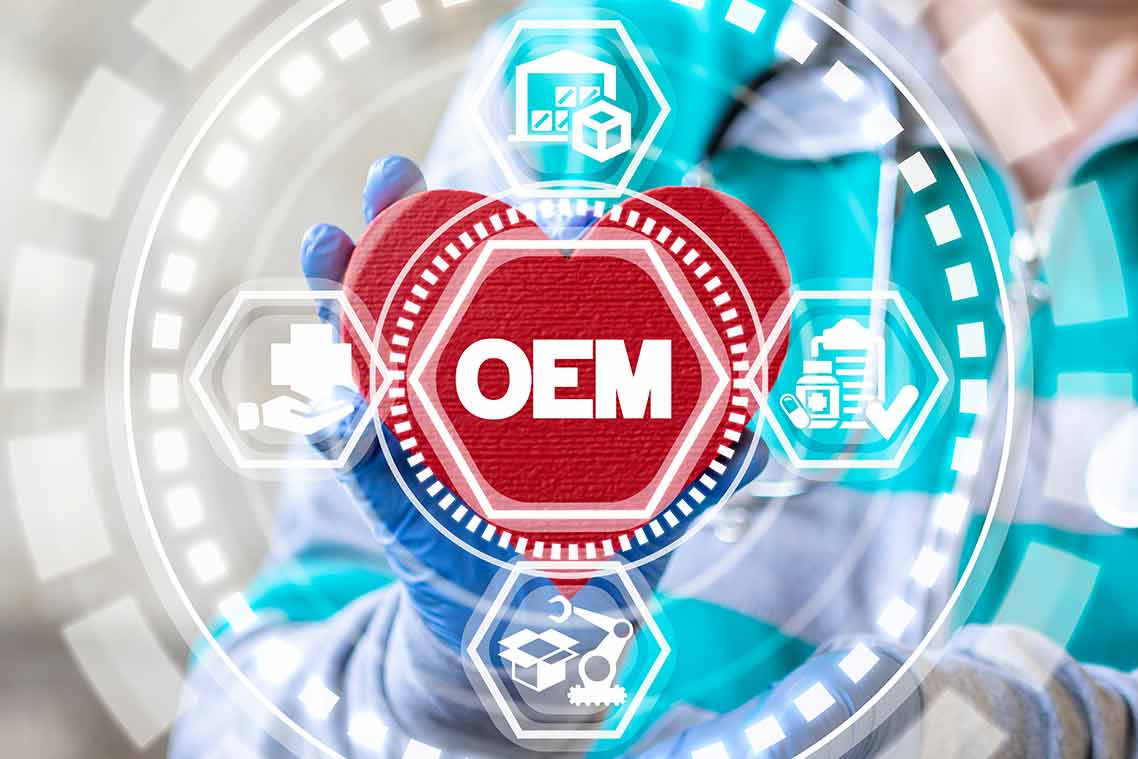
What is Citrix Receiver and How Does it Work?
Citrix Receiver, renamed as Citrix Workspace App, is client software required to access applications and full desktops hosted on Citrix servers from a remote client device. This tool provides access to Citrix Virtual Apps (formerly Citrix XenApp) and Citrix Virtual Apps and Desktops (formerly Citrix XenDesktop) installations from different types of client devices.
How Does Citrix Receiver Work?
Citrix Receiver works with the HDX protocol built on top of the Independent Computing Architecture (ICA) protocol.
- The ICA protocol sends keyboard and mouse input to the remote server and receives screenshot updates on the client device.
- The Receiver handles this traffic.
- The HDX protocol extends this procedure by providing a high-definition experience of Windows applications to users working on many of the most well-known devices.
- It is available for different operating systems.
It connects remote client devices to Citrix Virtual Apps, Citrix Virtual Apps and Desktop, Citrix Access Gateway, XenVault Secure Storage, and other Citrix services.
Citrix Receiver Challenges
 Citrix Receiver has gone through multiple changes. It was previously known as ICA Client. Before the release of Receiver, there were multiple client software components such as Secure Access Gateway Client, ICA Client, and Password Manager Client.
Citrix Receiver has gone through multiple changes. It was previously known as ICA Client. Before the release of Receiver, there were multiple client software components such as Secure Access Gateway Client, ICA Client, and Password Manager Client.
Later, Citrix changed these components into plug-ins and combined them into one product called Citrix Receiver 1.0. With Citrix 3.0, this product was split into Receiver Updater and Receiver Insider. It was again changed to Citrix Receiver Enterprise. It is a suite of components, including the online web and self-service plug-in. The combination of plug-ins varies with the Client’s form factor and specifications.
Citrix Virtual Apps is available in different editions with different pricing and feature sets. Citrix Virtual Apps and Desktop is also available in three editions. Customers have to search through multiple products and features.
What Is Citrix Receiver used For?
Citrix Receiver allows remote users to connect to Citrix Virtual Apps and Desktops from their endpoints. The client software supports various operating system (OS) platforms and forms factors, including Windows, macOS, iOS, Linux, HTML5, Google Chromebook, thin clients, and Raspberry Pi.
Organizations can also use it to deliver applications via Microsoft App-V, links to websites, and individual documents. When used with Citrix StoreFront, it allows companies to provide users with self-service access capabilities to their workloads.
This combination provides a common user interface that users can leverage to seamlessly access their virtual applications and desktops, regardless of their endpoint, OS, or form factor.
Citrix Receiver is Deprecated
Although you can still download and use Citrix Receiver, it’s not recommended. That’s because, in August 2018, Citrix introduced a new client software named Citrix Workspace App. Citrix Workspace App, which has all the capabilities of it, replaces Receiver and is backward compatible with older Citrix infrastructure.
It no longer receives patches and updates despite being available for download. So, if you continue using it, you’re bound to encounter several issues along the way. For example, you won’t be able to connect to Citrix Cloud, which requires at least TLS 1.2 to secure its connections. Citrix Receiver only supports TLS 1.0 and 1.1.
Different Versioning
Like any other Citrix product, Citrix Receiver has undergone multiple iterations. Citrix initially unveiled it as ICA Client. When Citrix Systems started to add more applications to the product’s portfolio and features, the ICA Client became one of the primary components that endpoints required.
Citrix later created Citrix Receiver as a client application to incorporate these features. Citrix Receiver allowed IT teams to streamline IT management by deploying and managing virtual workloads from a single console instead of provisioning and maintaining multiple packages.
The current iteration of Citrix Receiver is a suite of application components, including self-service and web plug-ins that vary depending on the client’s form factor and specifications. There are multiple versions of Citrix Receiver that Citrix support. These versions exist for many OS platforms and form factors, including Windows, macOS, Linux, Android, iOS, Google Chromebook, Raspberry Pi, and embedded OSs.
Simplify Application Delivery with Parallels RAS
Parallels Remote Application Server (RAS) is a simple tool that lets you access centrally hosted resources from any device, anytime, and from any network. It is free to download and use. It leverages SSL and second-level authentication, which means resources are securely transferred through the network. It works with various operating systems and platforms, including iOS, Android, Windows Mobile, Linux, macOS, and Google Chromebooks.
The Parallels Client leverages the Microsoft RemoteFX protocol to deliver a high-definition user experience to remote clients. The Parallels Client is a great alternative to the costly HDX protocol suite of technologies.
Parallels RAS is a single package containing all virtualization components and is an ideal Citrix alternative. Moreover, essential components such as printer redirection and load balancing come auto-configured by default. It is simple to deploy and use, eliminating the challenges of managing multiple products, upgrades, and configuration complexities. Most importantly, it is cost-effective, with a reduced total cost of ownership (TCO).
Parallels RAS makes the migration process effortless with a free migration tool that automates most Citrix Virtual Apps (formerly Citrix XenApp) use case scenarios. The migration tool extracts settings from Citrix XenApp 6.x into a file that can be imported from Parallels RAS Console.
Download your 30-day trial of Parallels RAS today and experience an enhanced user experience.

